Jianzhan, an ancient type of porcelain, became famous during the Song Dynasty as royal tea ware. As one of the Eight Famous Porcelains of the Song era, it carries a rich history and showcases unique artistry. Let’s dive into the world of Jianzhan tea cups and discover their enduring charm and legacy.

1. Origins and Name of Jianzhan
Jianzhan originated in Jianyang, Fujian Province, during the Song Dynasty, and was named after the Jian Kiln. As the tea cup of choice for the royal family,
Jianzhan gained favor due to its distinctive design and glaze. Its iron-rich clay and unique glaze formula give each cup a remarkable appearance and high artistic value.

2. Shapes and Characteristics
Variety of Shapes:
Jianzhan tea cups come in four main shapes: constricted-rim, inward-curved, flared, and wide-mouth. Each style offers a unique aesthetic and purpose.
The constricted-rim cup has an elegant inward curve; inward-curved cups are rounder and suited for strong tea; flared cups are lightweight, ideal for delicate teas; and wide-mouth cups cool faster, making them perfect for summer.
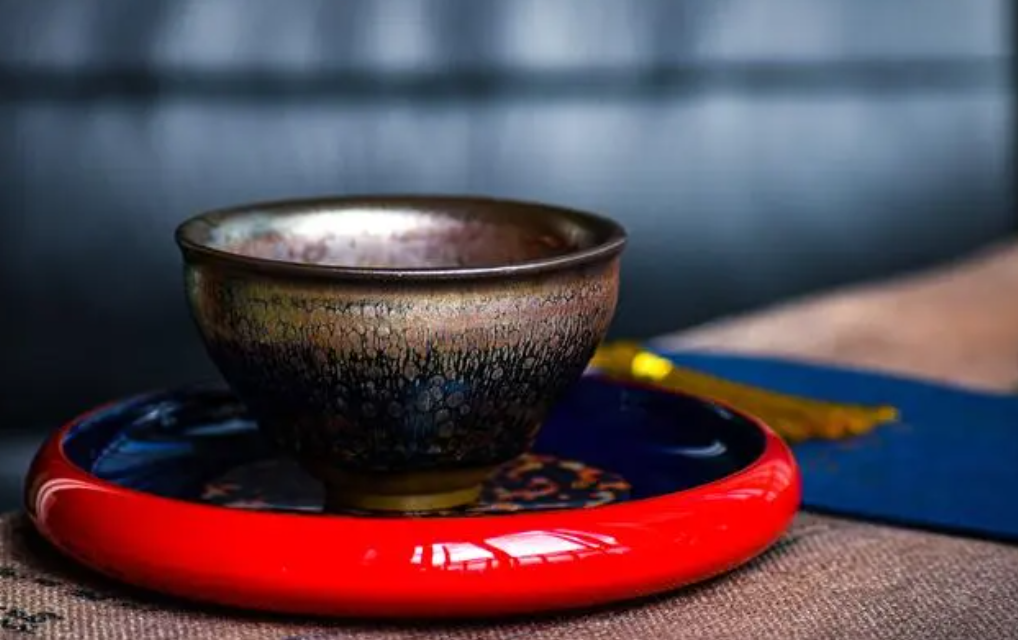
Clay and Glaze Colors:
The iron-rich clay gives Jianzhan tea cups a heavy feel. During firing, the glaze flows downwards, making the rim thinner and often brownish in color. These features give Jianzhan its rustic and refined look.
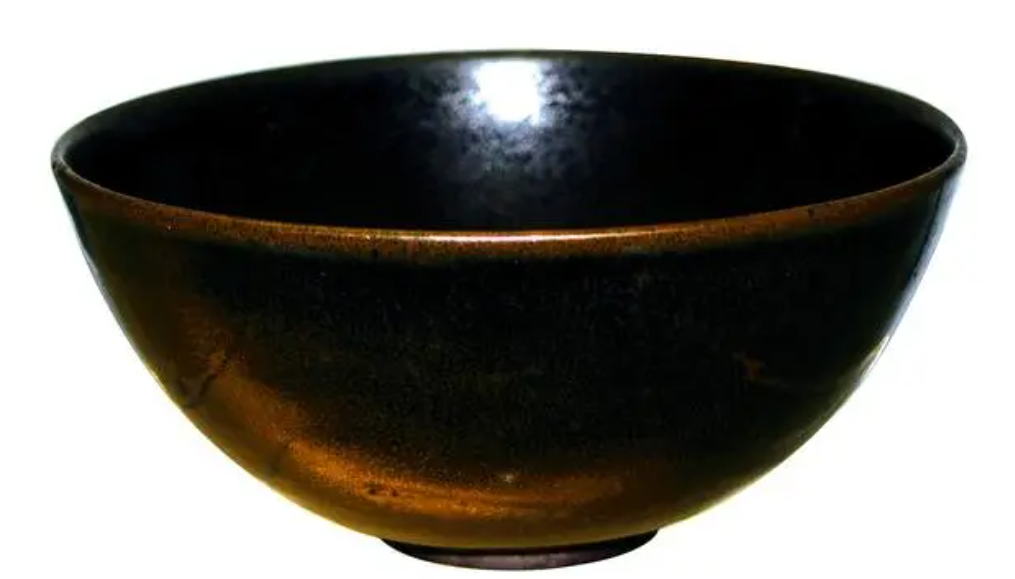
3. Patterns and Naming
Jianzhan cups feature various patterns, such as “transmutation,” “oil spots,” “hare’s fur,” and “partridge spots.” Each pattern has its own unique beauty and story. The transmutation pattern resembles stars in the night sky, while the oil spot pattern is like scattered starlight.
The hare’s fur pattern looks like fine animal fur, and the partridge spot pattern offers a visually striking texture. Jianzhan cups are often named after these patterns, such as “Gold Hare’s Fur” or “Silver Hare’s Fur.”

4. Appreciation and Use
To truly appreciate a Jianzhan tea cup, one must understand the beauty of its patterns. Choosing the right cup based on personal preference enhances the tea-drinking experience. As you sip tea, admire the cup’s glaze and the changing colors of the tea.
This can elevate your tea ritual and create a deeper connection with the art of tea. Jianzhan cups are also great for collectors. Their artistic value and potential for appreciation make them a wonderful addition to any collection.
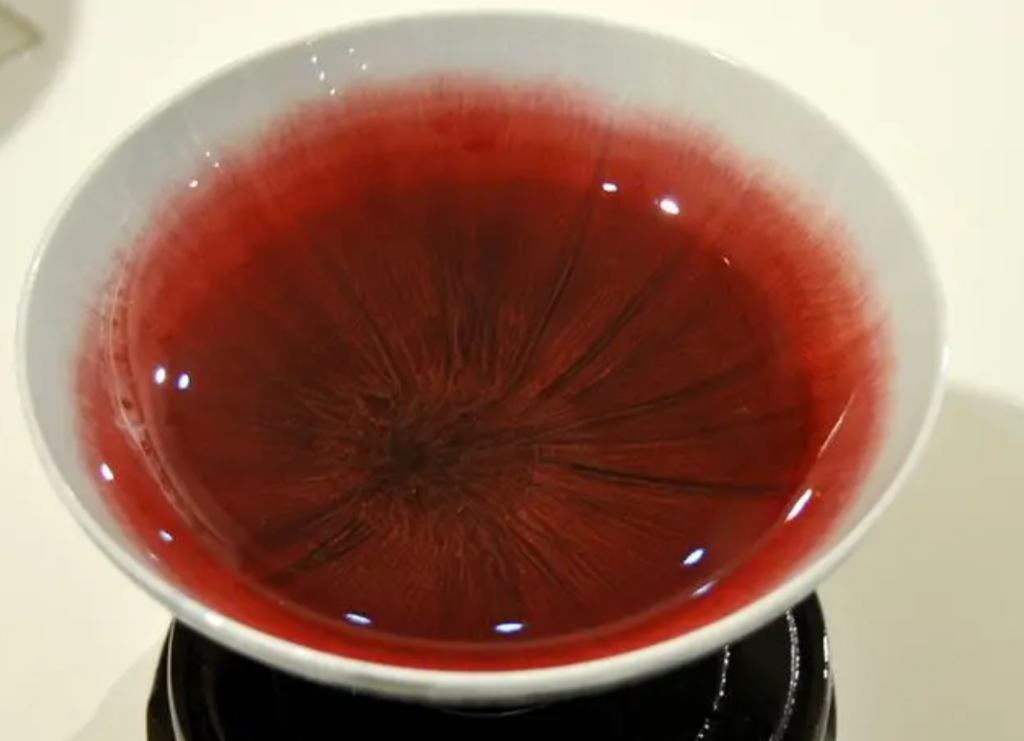
5. Preservation and Development
Despite the rapid changes in modern society, Jianzhan tea cups continue to be a symbol of traditional culture. As a functional and cultural icon, Jianzhan remains a powerful representation of Chinese craftsmanship.
Collecting or using Jianzhan is a meaningful way to connect with this ancient art form. Supporting modern artists in blending traditional and contemporary styles can help preserve and promote Jianzhan culture.
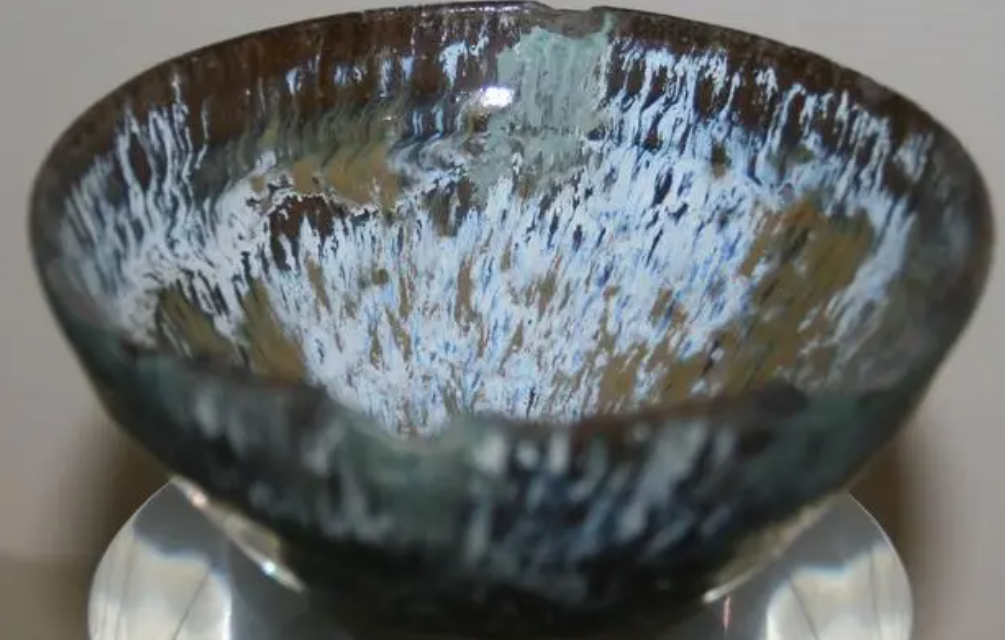
6. Usage and Maintenance Tips
- Soak a new Jianzhan cup in tea water before use to remove impurities.
- Use a tea towel to clean it, avoiding oil and water stains.
- Avoid leaving tea in the cup for long periods to prevent tea stains.
- Handle with care to avoid chipping or cracking.
- Clean gently with a soft cloth; avoid harsh brushes or scouring pads to protect the glaze.
- Store in a dry, well-ventilated space, away from sunlight and humidity.
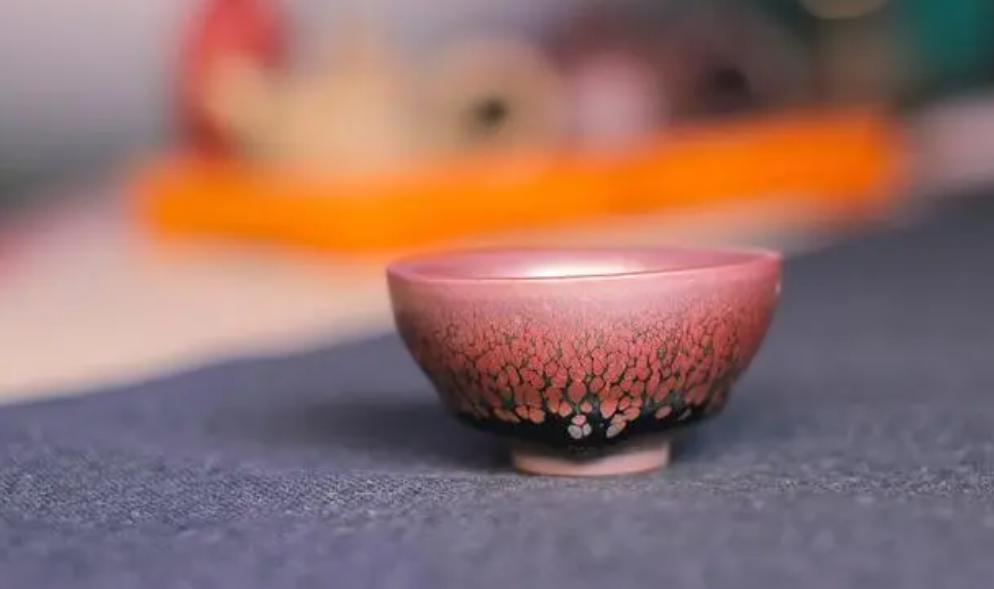
In conclusion, Jianzhan tea cups boast a rich history and deep cultural significance. Their intricate craftsmanship, elegant shapes, and vibrant glazes add sophistication to any tea ceremony. Proper care not only enhances the tea experience but also preserves this valuable cultural heritage.
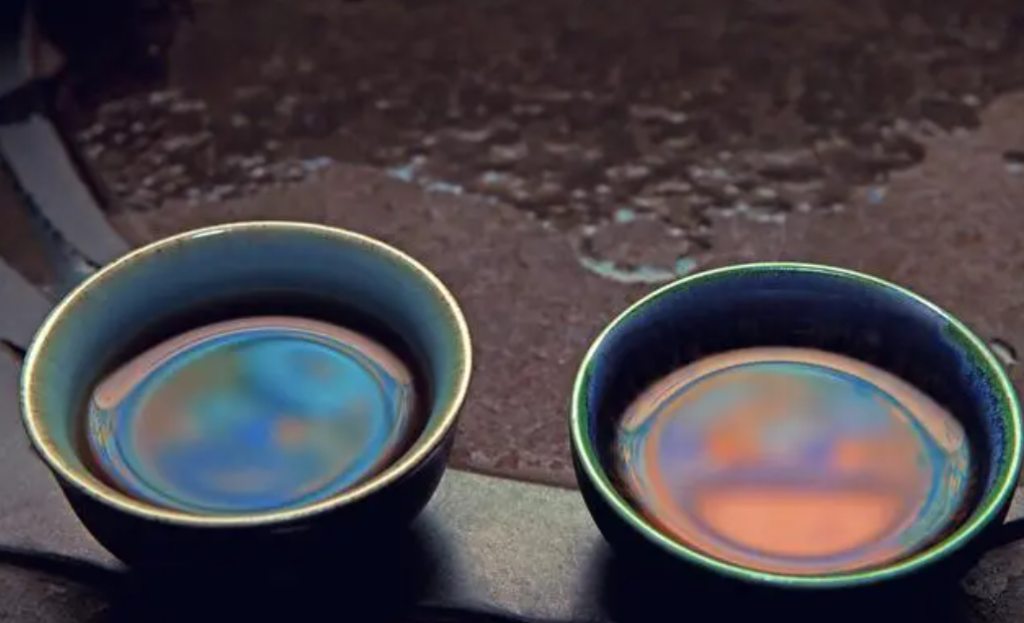
Let’s continue to enjoy and pass down the legacy of Jianzhan.
